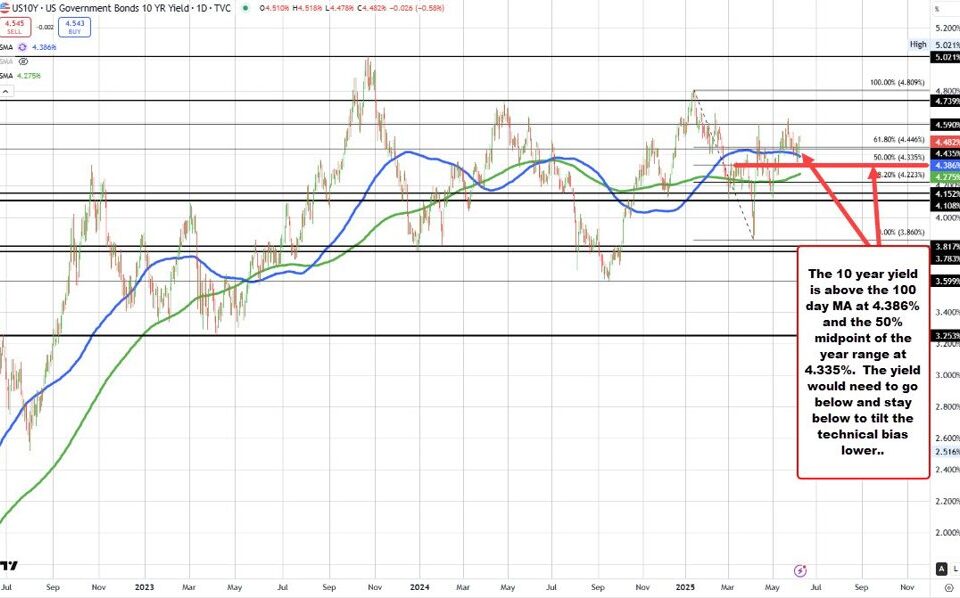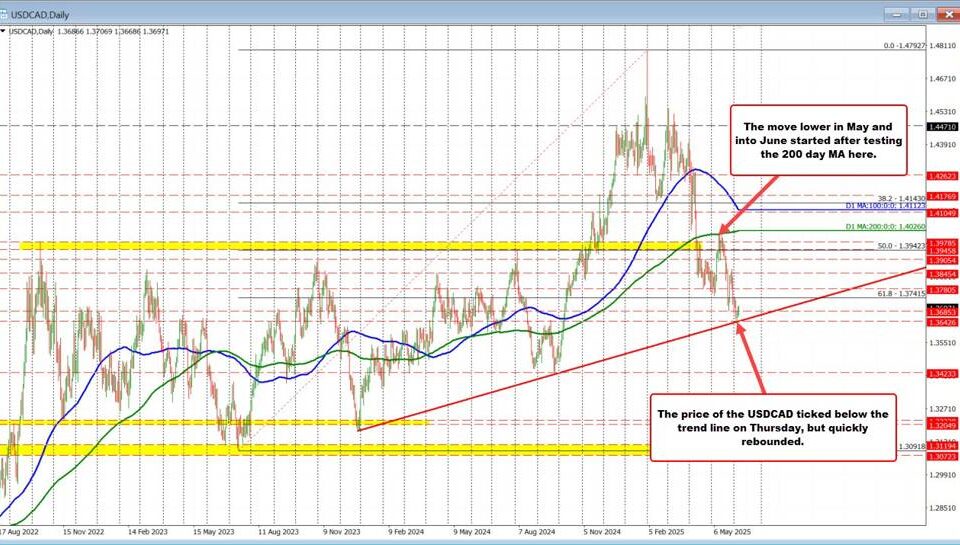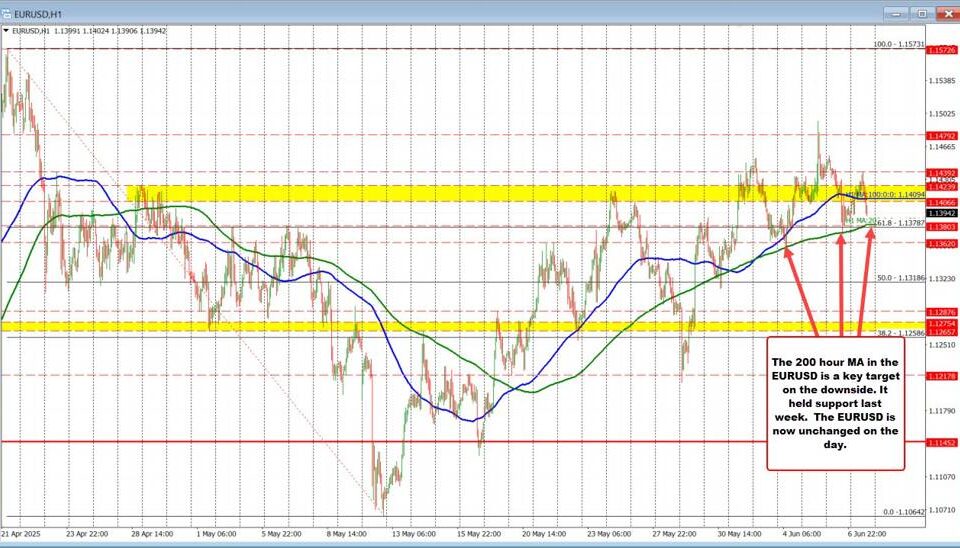
Navigating the Political Crossroads: DOGE and Tariffs Uncovered
Tháng 4 4, 2025
What to Expect from Jerome Powell’s April 2025 Speech: Tariffs, Interest Rates, and Economic Outlook
Tháng 4 4, 2025Understanding the Recent Collapse of the AUD/USD Currency Pair
The AUD/USD currency pair has undergone a notable meltdown recently, experiencing its most significant decline since 2012. As sellers broke through major support levels, the forex market witnessed heightened volatility, prompting traders and investors to reassess their positions. This drop has sparked discussions about the various underlying causes, primarily trade tensions, monetary policy decisions by the Reserve Bank of Australia (RBA), and inflation trends that continue to ripple through the economy.
Impact of Trade Tensions on AUD
One of the most critical drivers of the recent downfall is the escalating trade tensions between the United States and China. The imposition of a 20% tariff on Chinese imports by the US government has substantial implications for Australia’s economy due to its strong trade relationships with China. As Australia relies heavily on exporting goods to its largest trading partner, any adverse actions taken in the US-China trade dynamic inevitably see the Australian dollar come under pressure. The resulting uncertainty hinders market confidence, making it increasingly challenging for the AUD/USD pair to regain its footing amidst these complex international economic relations. For a deeper analysis on China’s response to these trade tensions, including insights on President Xi Jinping’s economic strategies, check out this blog.
RBA’s Monetary Policy: A Key Factor
In addition to trade tensions, the monetary policy stance taken by the RBA has had a significant impact on the Australian dollar’s performance. The RBA maintained interest rates at 4.10% in April, a decision reflecting its cautious outlook on inflation and the global economy. This conservative approach underscores the RBA’s commitment to navigating through the current economic turbulence without implementing aggressive rate cuts that could further undermine the value of the AUD. As global economic uncertainties loom, the RBA’s policy decisions become increasingly crucial in shaping the market’s perception of the Australian dollar’s strength. Furthermore, understanding common investment mistakes can help traders make more informed decisions amidst this market volatility, as discussed in this article.
Inflation Trends and Future Predictions
Another factor influencing the AUD/USD pair is the current trend in inflation within Australia. Recently, Australia’s inflation rate has shown a slight decline. While this development might initially seem beneficial, it has sparked discussions regarding the potential for a more dovish approach from the RBA in upcoming monetary policy meetings. If the central bank leans towards more accommodative measures, such as lowering interest rates, the resulting shift in market sentiment could further weaken the AUD against the USD. Consequently, analysts are forecasting that the AUD/USD could fall to a significant low of 0.60 by April, illustrating the heightened concerns surrounding economic stability in Australia.
Conclusion
As we continue to monitor the economic landscape, the recent collapse of the AUD/USD currency pair undeniably highlights the intricate relationship between trade policies, monetary policy actions, and prevailing inflation trends. Given the current trajectory, traders and investors should remain vigilant as they navigate this turbulent market environment. The combination of external pressures and domestic economic decisions will undoubtedly shape the future of the Australian dollar, warranting close attention from all market professionals. Understanding these dynamics will be essential for making informed trading decisions amid ongoing volatility.



